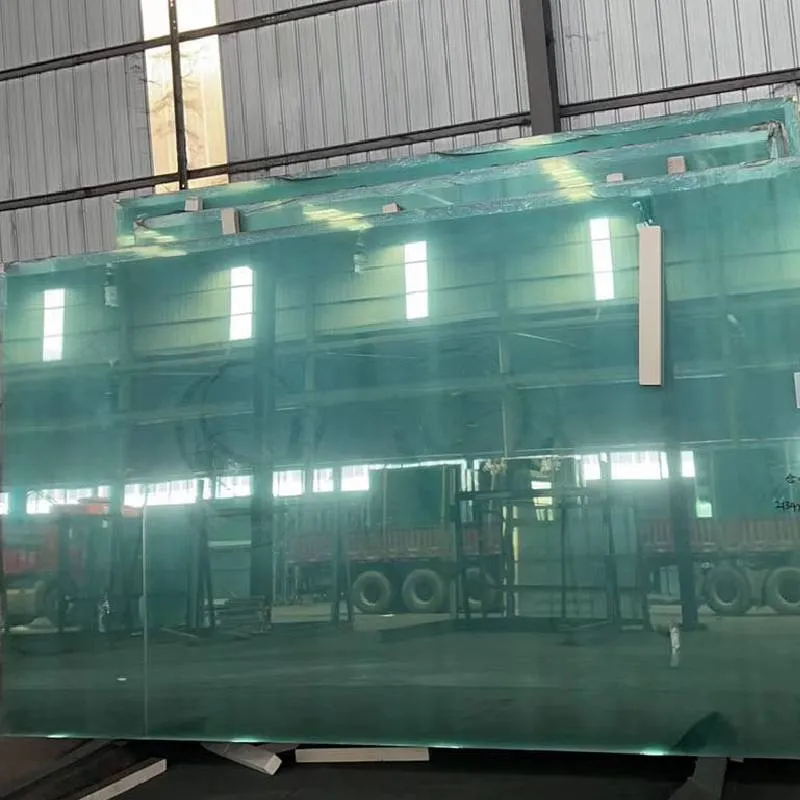Understanding the Pricing of Heat Reflective Glass A Comprehensive Guide
In recent years, the demand for heat reflective glass has surged as homeowners and businesses seek energy-efficient solutions to reduce cooling costs and enhance indoor comfort. This specialized type of glass, designed to reflect solar radiation while allowing natural light to enter, offers substantial benefits. However, prospective buyers often find themselves questioning the pricing structure associated with heat reflective glass. This article aims to elucidate the factors influencing its cost and provide insight into making informed purchasing decisions.
What is Heat Reflective Glass?
Heat reflective glass is engineered with a thin metallic coating that reflects a significant portion of solar heat. Unlike ordinary glass, which allows heat to enter a building, heat reflective glass helps maintain a stable indoor environment, reducing reliance on air conditioning systems. This not only contributes to energy savings but also minimizes the carbon footprint of buildings.
Factors Affecting the Price
1. Type of Glass The cost of heat reflective glass can vary depending on its type. Common variations include clear, tinted, and laminated reflective glass. Each type serves different aesthetic and functional purposes, influencing the price per square foot.
2. Thickness and Size Thickness is another critical factor; thicker glass tends to be more expensive due to the increased material costs and manufacturing complexities. Additionally, larger sheets of glass typically come at a premium compared to standard-sized panels, as the production and transportation costs escalate.
heat reflective glass price
3. Coating Technology The quality of the reflective coating significantly impacts the price. More advanced coatings that provide higher reflectivity and durability are often found in premium options. Glass with low-emissivity (Low-E) coatings, which enhance energy efficiency, may also command higher prices.
4. Installation Costs Beyond the glass itself, installation costs can vary widely based on the complexity of the project. Professional installation is recommended for optimal performance, adding to the total investment.
5. Manufacturer and Brand Renowned manufacturers with a reputation for producing high-quality glass may charge more than lesser-known brands. However, investing in a recognized brand can ensure reliability and better performance, potentially justifying the higher price.
Average Price Range
The price of heat reflective glass generally ranges from $15 to $50 per square foot, depending on the aforementioned factors. For instance, standard heat reflective glass could cost around $15-$25 per square foot, while high-end options with advanced coatings might reach $40-$50 or more.
Conclusion
When considering the purchase of heat reflective glass, it is essential to evaluate the various factors that contribute to its pricing. Understanding the specific type needed for your project, assessing the thickness, and factoring in installation costs are crucial steps in budgeting effectively. Although the initial investment might seem significant, the long-term energy savings and comfort it provides often make heat reflective glass a wise choice for those looking to enhance their living or working spaces. By weighing the options carefully, consumers can ensure they make a choice that aligns both with their energy efficiency goals and their budget.
 Afrikaans
Afrikaans  Albanian
Albanian  Amharic
Amharic  Arabic
Arabic  Armenian
Armenian  Azerbaijani
Azerbaijani  Basque
Basque  Belarusian
Belarusian  Bengali
Bengali  Bosnian
Bosnian  Bulgarian
Bulgarian  Catalan
Catalan  Cebuano
Cebuano  Corsican
Corsican  Croatian
Croatian  Czech
Czech  Danish
Danish  Dutch
Dutch  English
English  Esperanto
Esperanto  Estonian
Estonian  Finnish
Finnish  French
French  Frisian
Frisian  Galician
Galician  Georgian
Georgian  German
German  Greek
Greek  Gujarati
Gujarati  Haitian Creole
Haitian Creole  hausa
hausa  hawaiian
hawaiian  Hebrew
Hebrew  Hindi
Hindi  Miao
Miao  Hungarian
Hungarian  Icelandic
Icelandic  igbo
igbo  Indonesian
Indonesian  irish
irish  Italian
Italian  Japanese
Japanese  Javanese
Javanese  Kannada
Kannada  kazakh
kazakh  Khmer
Khmer  Rwandese
Rwandese  Korean
Korean  Kurdish
Kurdish  Kyrgyz
Kyrgyz  Lao
Lao  Latin
Latin  Latvian
Latvian  Lithuanian
Lithuanian  Luxembourgish
Luxembourgish  Macedonian
Macedonian  Malgashi
Malgashi  Malay
Malay  Malayalam
Malayalam  Maltese
Maltese  Maori
Maori  Marathi
Marathi  Mongolian
Mongolian  Myanmar
Myanmar  Nepali
Nepali  Norwegian
Norwegian  Norwegian
Norwegian  Occitan
Occitan  Pashto
Pashto  Persian
Persian  Polish
Polish  Portuguese
Portuguese  Punjabi
Punjabi  Romanian
Romanian  Russian
Russian  Samoan
Samoan  Scottish Gaelic
Scottish Gaelic  Serbian
Serbian  Sesotho
Sesotho  Shona
Shona  Sindhi
Sindhi  Sinhala
Sinhala  Slovak
Slovak  Slovenian
Slovenian  Somali
Somali  Spanish
Spanish  Sundanese
Sundanese  Swahili
Swahili  Swedish
Swedish  Tagalog
Tagalog  Tajik
Tajik  Tamil
Tamil  Tatar
Tatar  Telugu
Telugu  Thai
Thai  Turkish
Turkish  Turkmen
Turkmen  Ukrainian
Ukrainian  Urdu
Urdu  Uighur
Uighur  Uzbek
Uzbek  Vietnamese
Vietnamese  Welsh
Welsh  Bantu
Bantu  Yiddish
Yiddish  Yoruba
Yoruba  Zulu
Zulu 

